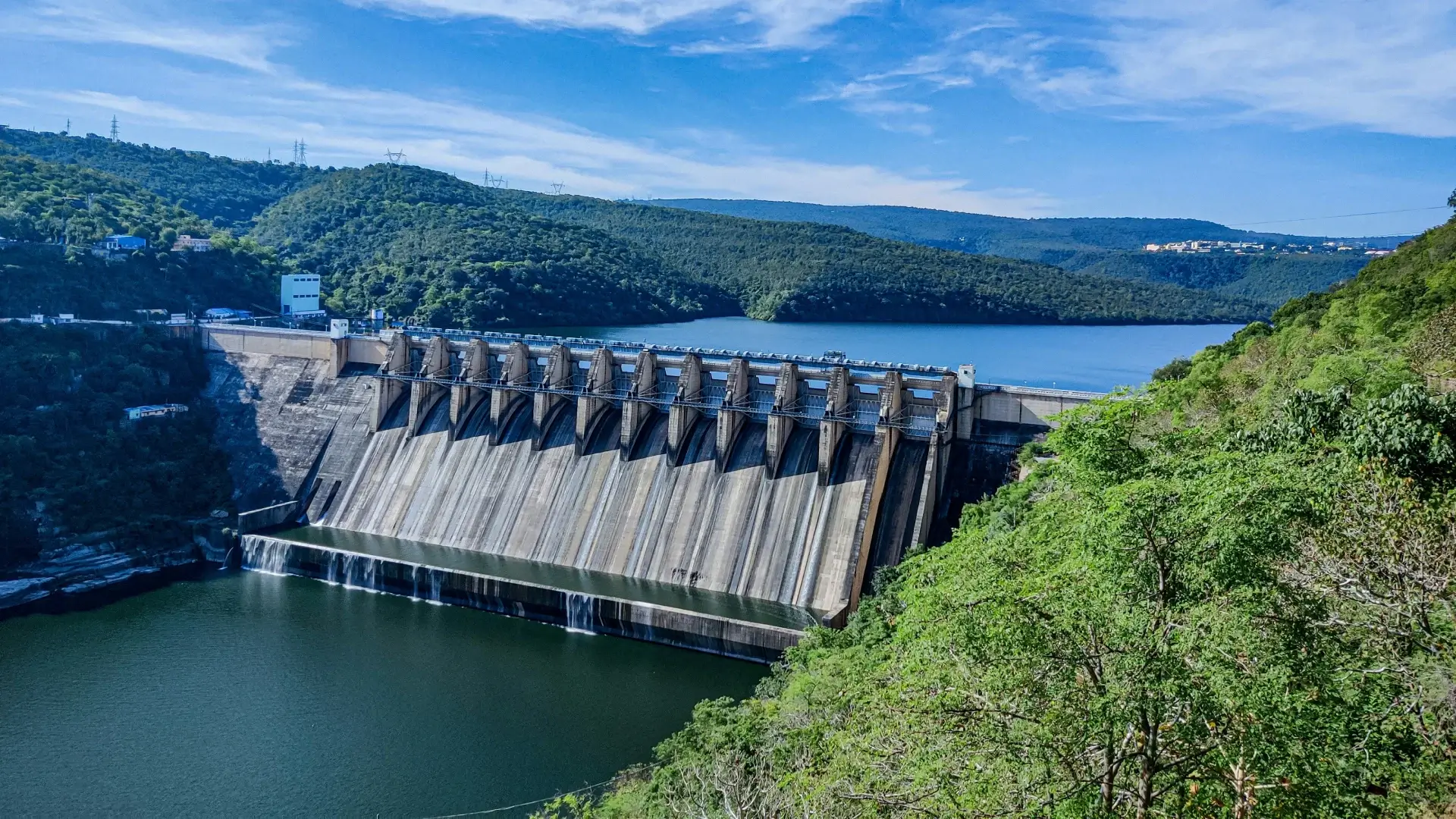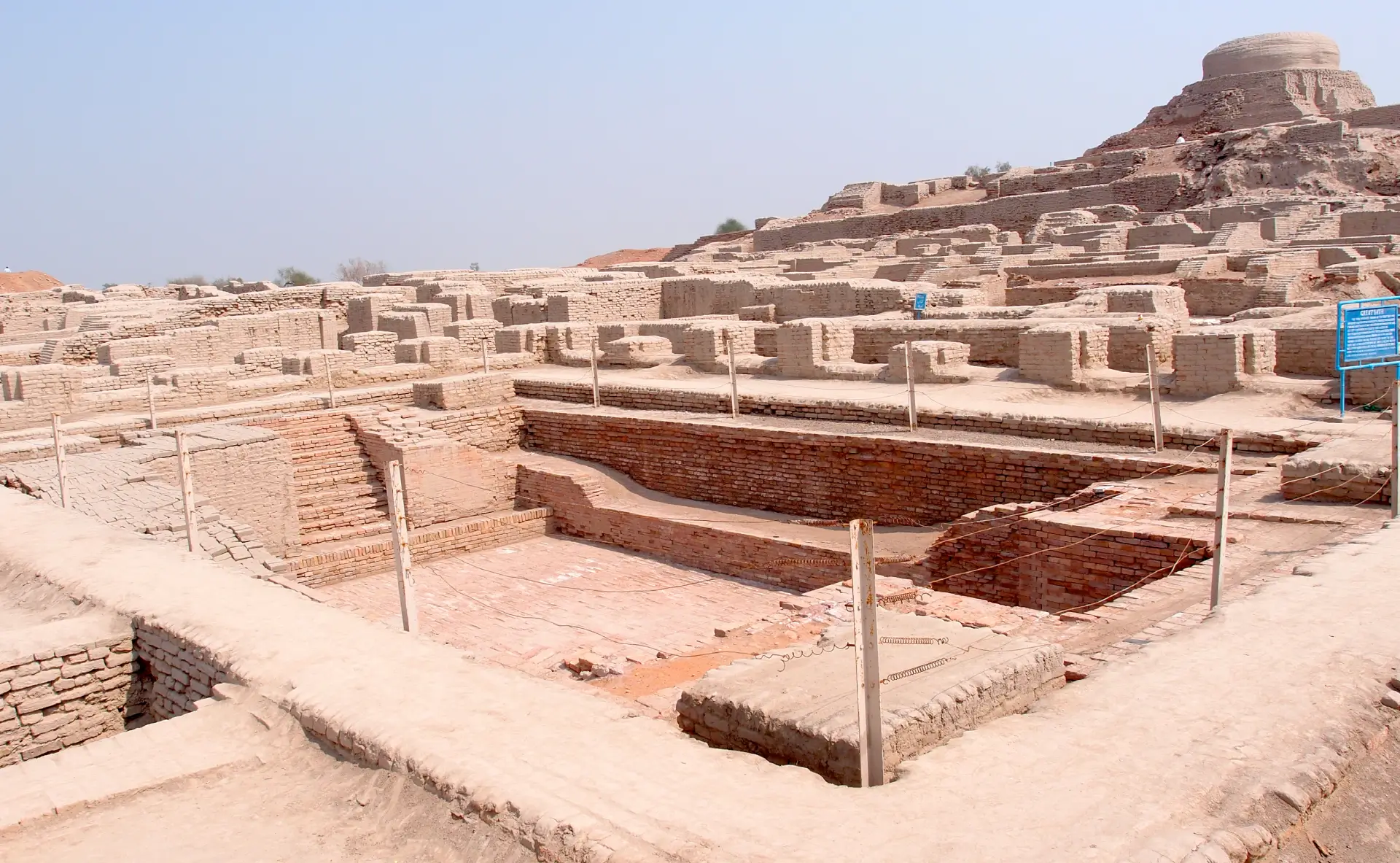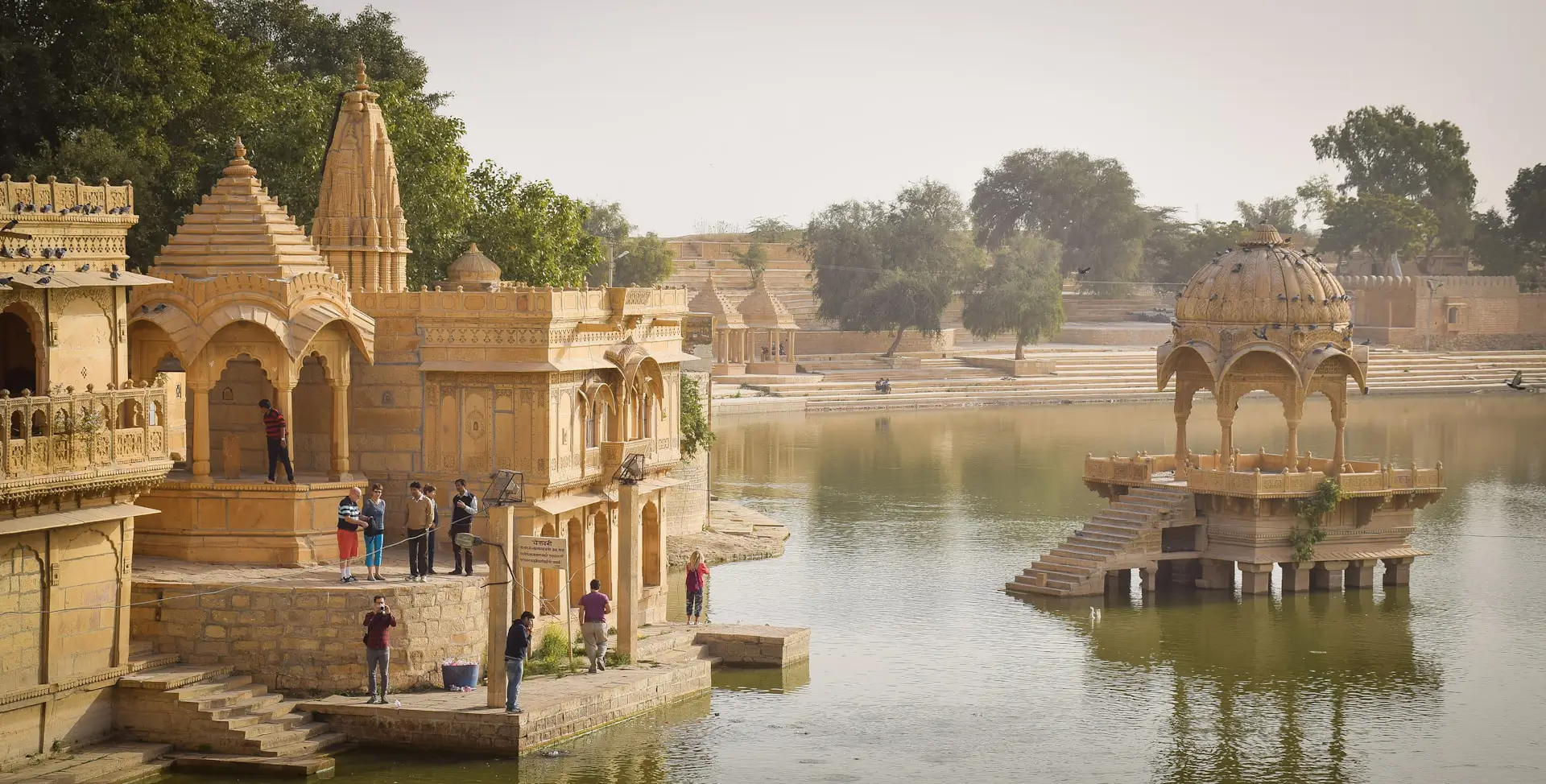🌊 The Indus Waters Treaty: A Historic Pact and its Dramatic Suspension in 2025

🌐 What is the Indus Waters Treaty (IWT)?
The Indus Waters Treaty (IWT), often hailed as one of the most successful examples of water-sharing agreements in history, was signed on September 19, 1960, between India and Pakistan, with the World Bank playing a pivotal role as a mediator.
At the core of the treaty was the division of the six rivers of the Indus basin:
- Eastern Rivers: Ravi, Beas, Sutlej – allocated to India.
- Western Rivers: Indus, Jhelum, Chenab – allocated to Pakistan.
The IWT set out a comprehensive framework for water sharing, technical cooperation, data sharing, and mechanisms to resolve disputes.
🔹 The Backdrop: Why Was the Indus Waters Treaty Signed?
After the 1947 Partition, tensions were inevitable. The division did not account for river systems, resulting in immediate disputes. In 1948, India briefly halted water supply to Pakistan, demonstrating how fragile the situation was.
| 🔹 Key Reasons for Signing the IWT | Explanation |
|---|---|
| Prevent Water Wars | Secure peace and stability over vital water resources |
| Ensure Agricultural Survival | Pakistan’s economy heavily depended on water-intensive agriculture |
| Establish Legal Rights | Clearly define rights and responsibilities for river usage |
| Global Pressure | USA, UK, and World Bank wanted to prevent another Indo-Pak conflict |
| Mutual Growth | Enable both nations to plan irrigation and power projects confidently |
The Indus Basin was the cradle of civilizations. Both India and Pakistan understood that without a clear framework, disputes would lead to future wars.
🔹 How the Treaty Worked: A Masterclass in Diplomacy
Three-Tier Dispute Resolution Mechanism:
One of the unique aspects of the Indus Waters Treaty was its three-tier dispute resolution structure, a layered system that allowed both countries to resolve conflicts peacefully and efficiently.
1. Permanent Indus Commission (PIC)
- Formed by one commissioner from each country.
- Tasked with technical cooperation, data exchange, and annual inspections.
- Handled minor issues informally.
2. Neutral Expert
- Appointed for highly technical disagreements.
- Could propose practical solutions.
3. International Court of Arbitration
- Meant for intractable disputes.
- Involved a legal trial-like procedure.
This structure maintained peace for over 60 years, showing the world how even enemies could share vital resources with the right mechanisms.

⏰ India’s Remarkable Patience: 65 Years of Restraint
Despite numerous provocations, India consistently upheld the treaty, demonstrating extraordinary patience.
🔢 Major Provocations Where India Could Have Broken IWT but Didn’t:
- 1965 War: Despite full-scale war, India honored the treaty.
- 1971 Bangladesh Liberation War: Water flow continued unimpeded.
- Kargil Conflict (1999): No disruption of river supplies.
- Uri Attack (2016): After 19 Indian soldiers died, PM Modi said, “blood and water cannot flow together,” but India stayed committed.
- Pulwama Attack (2019): 40 CRPF jawans martyred; still, India restrained itself.
India’s Three Attempts at Resolution Before Final Suspension
- Diplomatic Dialogue: India proposed resolving disagreements over Indian hydropower projects through peaceful dialogue at the Permanent Indus Commission.
- Neutral Expert Mechanism: When Pakistan raised objections to India’s Kishanganga and Ratle projects, India suggested technical resolution via a neutral expert rather than legal arbitration.
- Proposal for Treaty Modification (2023): Seeing that Pakistan continued to escalate technical matters unnecessarily, India formally requested the World Bank to renegotiate the treaty structure. Pakistan declined even to discuss modifications.
Despite offering every possible avenue of peaceful resolution, India’s patience was consistently tested without reciprocation.
“When dialogue fails and the other side is unwilling, a nation must act in its own interest.”
🚨 Pakistan’s Non-Cooperation: Testing the Treaty
Pakistan increasingly bypassed lower stages of dispute resolution:
- Escalated minor disputes to International Arbitration.
- Objected to almost every Indian project on the western rivers.
- Politicized technical discussions.
- Delayed technical visits and verification activities.
The goodwill behind the IWT began eroding steadily, with each new disagreement adding tension.
🔹 Key Incidents Highlighting Tensions
Uri Attack (2016):
- 19 Indian soldiers killed in Jammu & Kashmir.
- India reviewed the IWT but continued honoring it.
Pulwama Attack (2019):
- Suicide bomber killed 40 CRPF soldiers.
- India threatened suspension but chose full utilization of eastern rivers instead.
2023: Legal Disputes Intensify
- India formally requested changes to treaty dispute resolution.
- Pakistan rejected all negotiation attempts.
India signaled its willingness to exhaust all peaceful mechanisms before finally taking drastic action.
⚡️ The Final Blow: Pahalgam Attack and Suspension of IWT
On April 20, 2025, terrorists attacked a tourist convoy in Pahalgam, killing 26 civilians. Evidence pointed towards Pakistan-based groups.
Immediate Aftermath:
- National outrage.
- Calls for retributive action surged.
- Discussions on IWT suspension resurfaced.
On April 23, 2025, India officially suspended the Indus Waters Treaty.
India’s Measures:
- ❌ Ceased river data sharing.
- ❌ Halted annual commission meetings.
- ❌ Fast-tracked water-diversion projects.
- ❌ Downgraded diplomatic relations.
“Enough is Enough” – Indian External Affairs Ministry (2025 Statement)
Watch The Hindu report on YouTube for full details:
🌐 Global Reactions
The world responded with mixed emotions:
- USA, UK, UN: Called for restraint and dialogue.
- China: Expressed concerns over regional water security.
- Middle East: Silent, focusing on their own water crises.
More insights available at Reuters Coverage.
📈 What Happens Now?
| Impact Area | Likely Outcome |
|---|---|
| Agriculture in Pakistan | Severe water shortages, potential food crisis |
| India | Increased infrastructure work on eastern rivers |
| Regional Stability | Greater tensions, risk of escalation |
| Global Water Diplomacy | Dangerous precedent for future treaties |
The suspension is not merely about rivers; it reflects the changing dynamics of Indo-Pak relations and India’s evolving foreign policy.
🔹 In Conclusion: A Treaty for the Ages, a Suspension for the Future
The Indus Waters Treaty demonstrated the power of diplomacy over hostility for 65 years. Yet, repeated betrayals, terrorism, and broken trust led India to finally suspend it.
“Rivers can carry life, but they can also carry the weight of broken promises.”
As water becomes an increasingly precious resource globally, the IWT’s suspension will be studied for generations — both as a success story and a cautionary tale.
Recent On cloudxtech
Mastering GitHub from the Command Line: Push, Pull, and Repo Management Made Easy
September 4, 2025 • 5 minute(s) read
10 Fun HTML, CSS, and JavaScript Projects to Practice and Improve Your Skills
August 26, 2025 • 11 minute(s) read
Beginner Frontend Projects with HTML, CSS, JS, and jQuery – Free to Use and Download
August 11, 2025 • 4 minute(s) read
Best Chrome Extensions for Web Developers in 2025
June 12, 2025 • 3 minute(s) read
JN Form Validation: Simplify Client-Side Validation with Ease
May 22, 2025 • 4 minute(s) read
🌊 The Indus Waters Treaty: A Historic Pact and its Dramatic Suspension in 2025
April 27, 2025 • 5 minute(s) read













